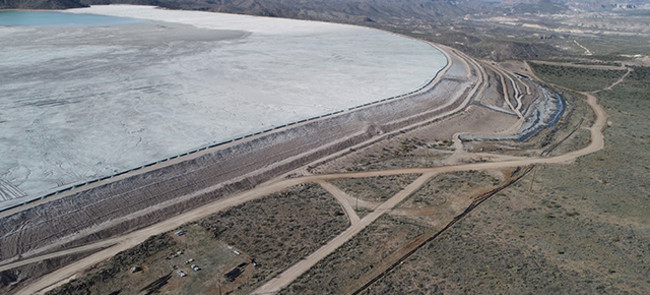As another step towards improving the management of tailings across the mining industry, the International Council on Mining and Metals (ICMM) today published training material based on the ICMM Tailings Management: Good Practice Guide, designed to be used by tailings professionals in educating wider site-based staff and executives to improve awareness of the importance of integrated tailings management at the site level across sustainability disciplines. The training material aims to build capacity across the industry by providing a practical, interactive resource to illustrate the Guide’s key concepts of good governance and engineering practices and can be customised to an individual site or company to make it more relevant for the audience.
Aidan Davy, COO, ICMM said: “ICMM is committed to continual improvement in the safe and transparent management of tailings facilities. The training material we have developed from ICMM’s Tailings Management Good Practice Guide is a vital tool to help build capacity on tailings management across the industry – particularly as companies focus on implementing the Global Industry Standard on Tailings Management across their sites. Companies are implementing the Standard across sites in different stages of the mining lifecycle and with varied geographies, commodities and regulatory systems. Our Training Material can be customised to an individual site or company to make it more relevant for the audience, and we encourage the participation of staff from multiple disciplines such as closure, processing, water and community support in the planning and delivery of the training sessions to enhance the material and enable better integrated outcomes.”
The Guide, published in May 2021, aims to promote good governance and engineering practices that support continual improvement in the management of new and existing tailings facilities, and to strengthen the ‘safety culture’ within companies. It provides comprehensive guidance on tailings management, covering a broad range of technical and engineering elements, including improved engineering practices across the whole tailings lifecycle: from project conception and design to construction and operation, closure and post-closure. It integrates stronger governance around four key areas: 1) corporate policy, accountability and responsibility; 2) operation, maintenance and surveillance activities; 3) information management; and 4) oversight and emergency preparedness. It reinforces the importance of engaging with local communities and regulators, and is the first guidance that clearly details the roles of board directors and executives relating to tailings management.











